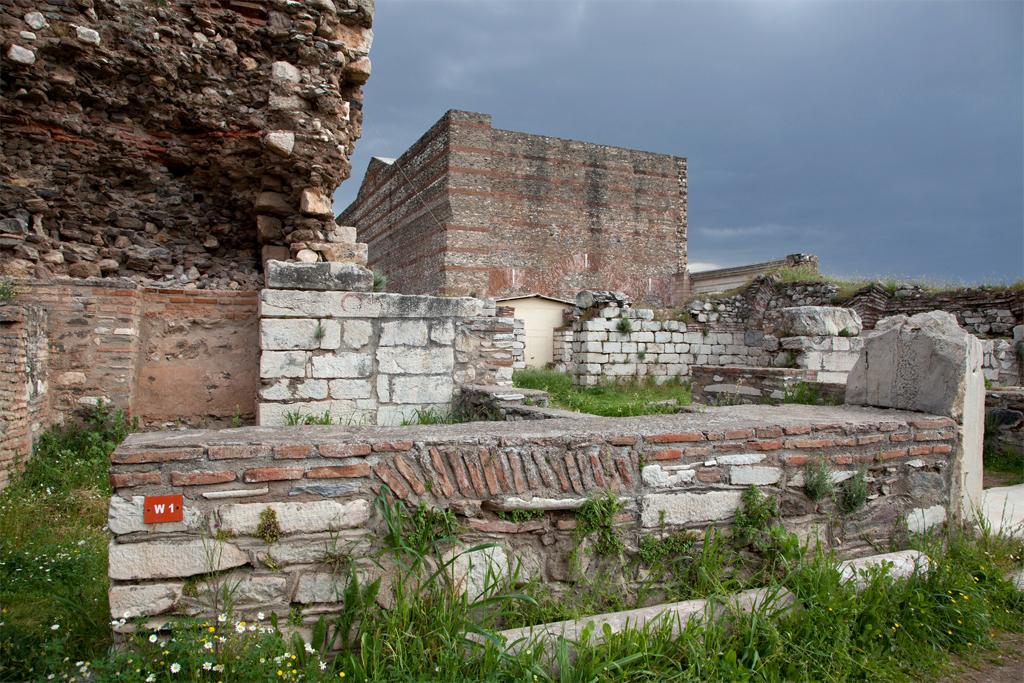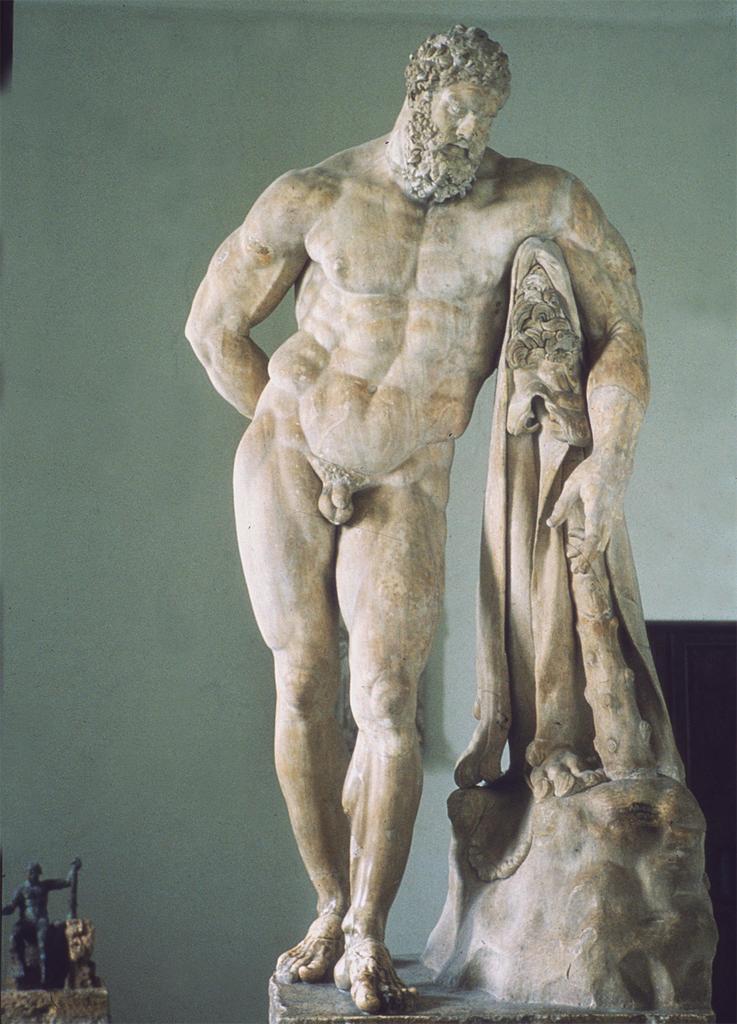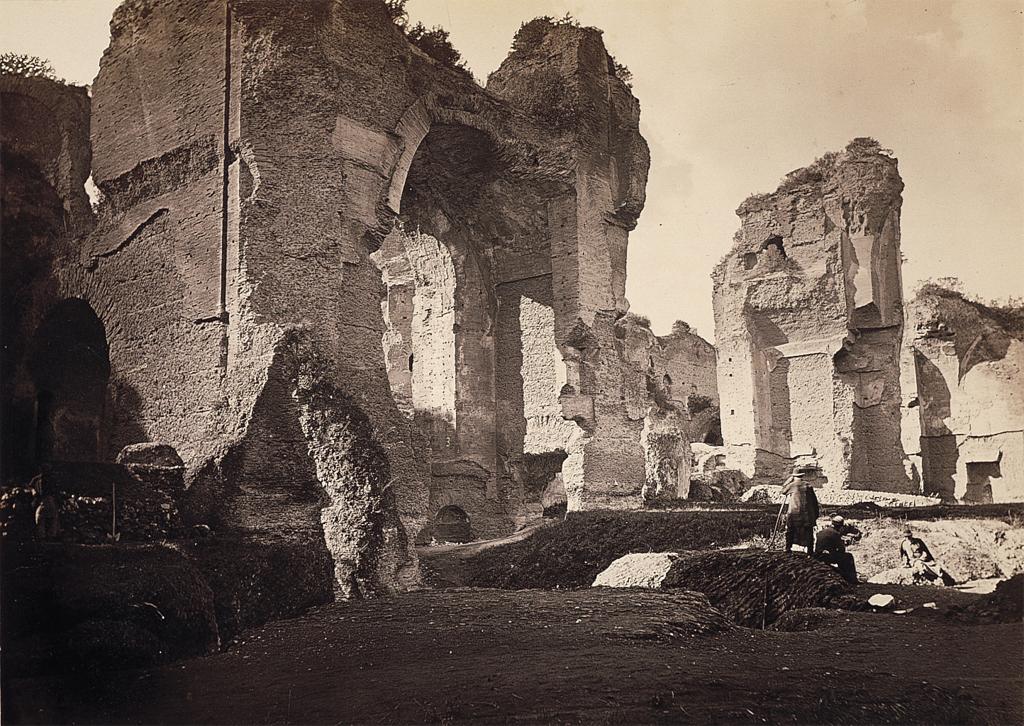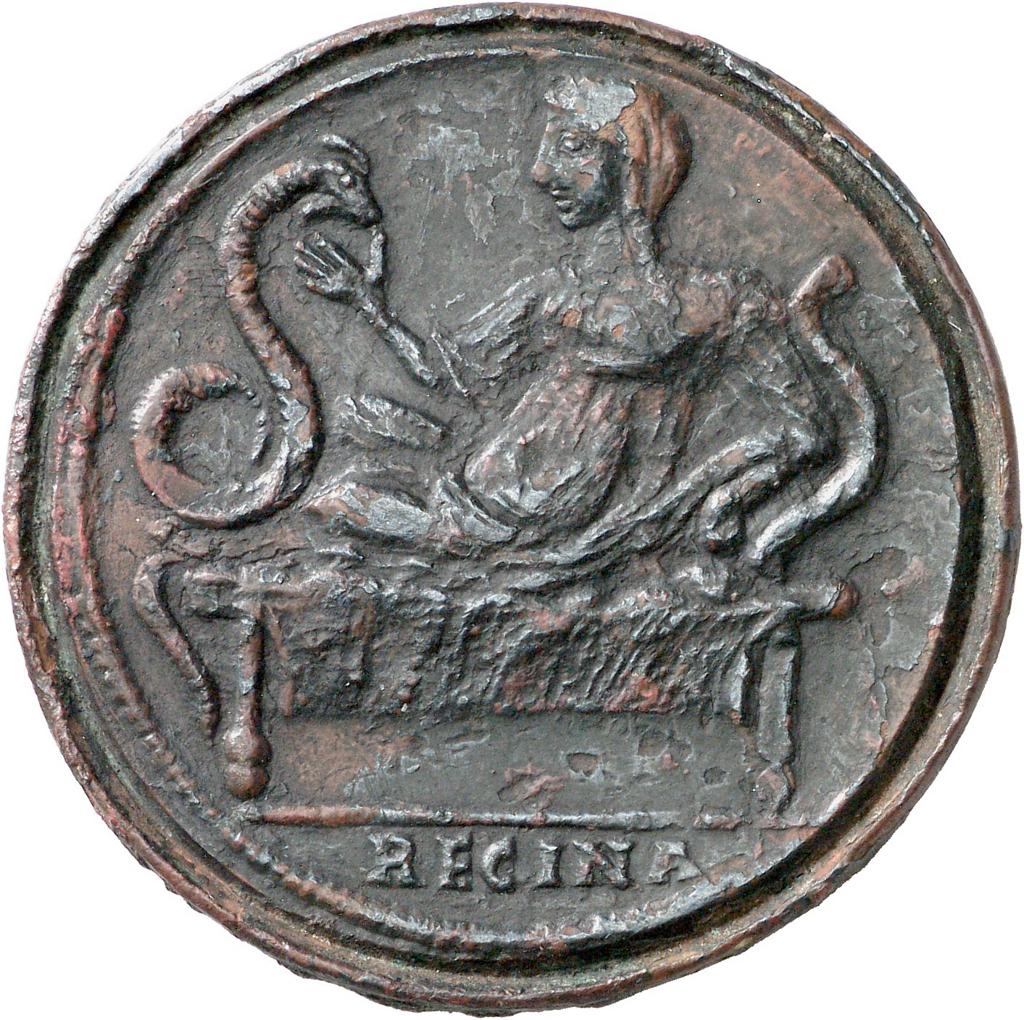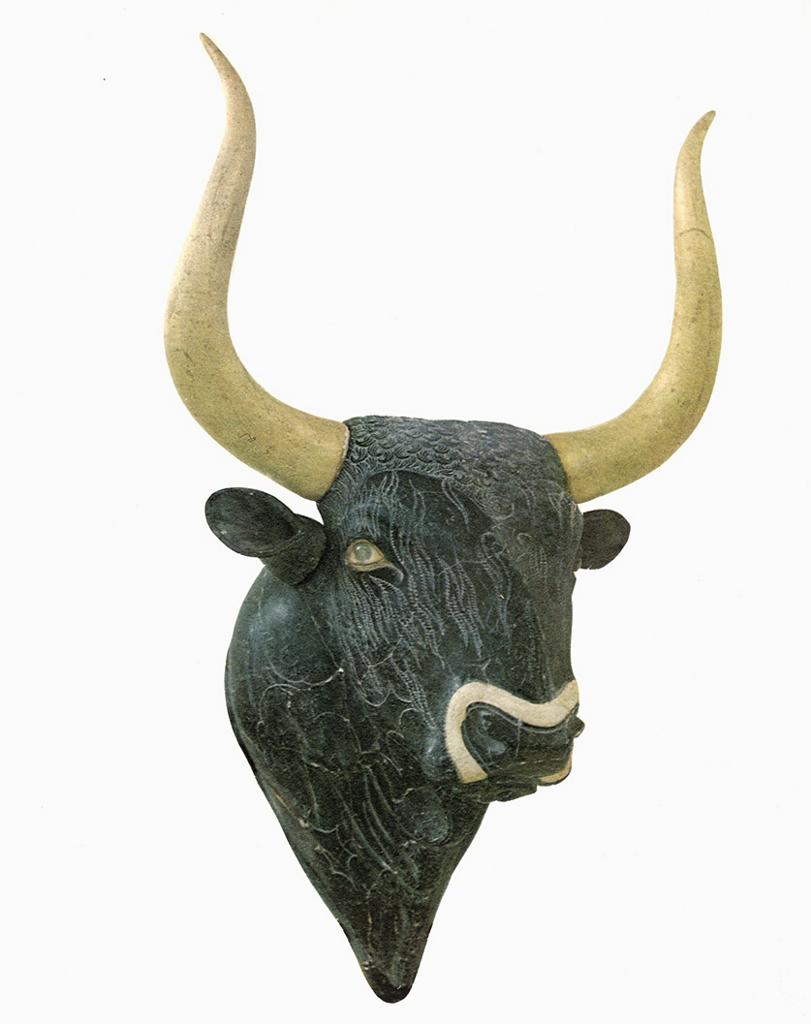Caracalla (born Marcus Aurelius Antoninus in 188), was assassinated on 8 April 217, after nearly 20 years as one of the most reviled Roman emperors. Caracalla had a career of drastic purges and murders, having his numerous real and perceived enemies executed, including his brother Geta in 211. To placate Roman soldiers, he doubled the inheritance tax paid only by citizens.
In 213 he fought the Alamanni and became Germanicus Maximus. Obsessed by Alexander the Great, he raised a Macedonian phalanx and went east in his footsteps, through Asia and Syria to Alexandria, where large numbers who had mocked him were killed. When his offer to marry a Parthian princess was rejected, he attacked Media. While preparing a further campaign he was murdered near Carrhae.
Caracalla oversaw numerous aggrandizing projects. Geta and Caracalla commissioned the construction of the Gymnasium Complex in Sardis, Turkey, which was in use until and through the early Byzantine period. The gymnasium was a huge construction located next to the synagogue in Sardis. The large area adjoining the synagogue on the north was the gymnasium’s palaestra. The eastern facade of the baths was restored between 1964 and 1973.
Caracalla had an equally sumptuous thermae built in Rome, decorated with original Greek sculptures, ornaments, and architectural elements. Because of his notoriety, the emperor was a popular subject, despite a decree of damnatio memoriae, for contemporary and also later artists. Coins bearing his likeness are highly collectible.
Reference: Anthony R. Birley. “Aurelius (RE 46) Antoninus (1), Marcus.” In The Oxford Classical Dictionary.: Oxford University Press, 2012. http://www.oxfordreference.com/view/10.1093/acref/9780199545568.001.0001/acref-9780199545568-e-986.
Gymnasium Complex, ca. 161-211; ruined circa 7th century; baths restored 1964-1973. Sardis, Turkey. Nr.s R50630177and R50630430. Shmuel Magal, Sites and Photos.
Herakles Farnese, Roman copy of a Greek original 330-320 BCE. Recovered from Baths of Caracalla, Rome, now in Museo nazionale di Napoli
Gioacchino Altobelli, Ruins of the Thermae of Caracalla, albumen print photographs, ca. 1865. George Eastman House, Rochester, New York.
Denarius with Caracalla (Spätrömischer Kontorniat), ca. 200. Münzkabinett, Staatliche Museen zu Berlin, Nr. 92.073.
Bull rhyton (black steatite; wooden horns originally gilded) from Crete: Second Palace Period. ca. 1400 BCE. From the Roman Baths of Caracalla. The Archive for Research on Archetypal Symbolism, Nr. 18082.
Portrait head of the Emperor Marcus Aurelius Antoninus (called Caracalla), ca. 230. The Metropolitan Museum of Art. Nr. 40.11.1a.
Further Reading: Janet DeLaine. The Baths Of Caracalla: A Study In The Design, Construction, and Economics of Large-Scale Building Projects In Imperial Rome. Portsmouth, Rhode Island: Journal of Roman Archaeology, 1997.
Clare Rowan. Under Divine Auspices: Divine Ideology and the Visualisation Of Imperial Power In The Severan Period. Cambridge: Cambridge University Press, 2012.

